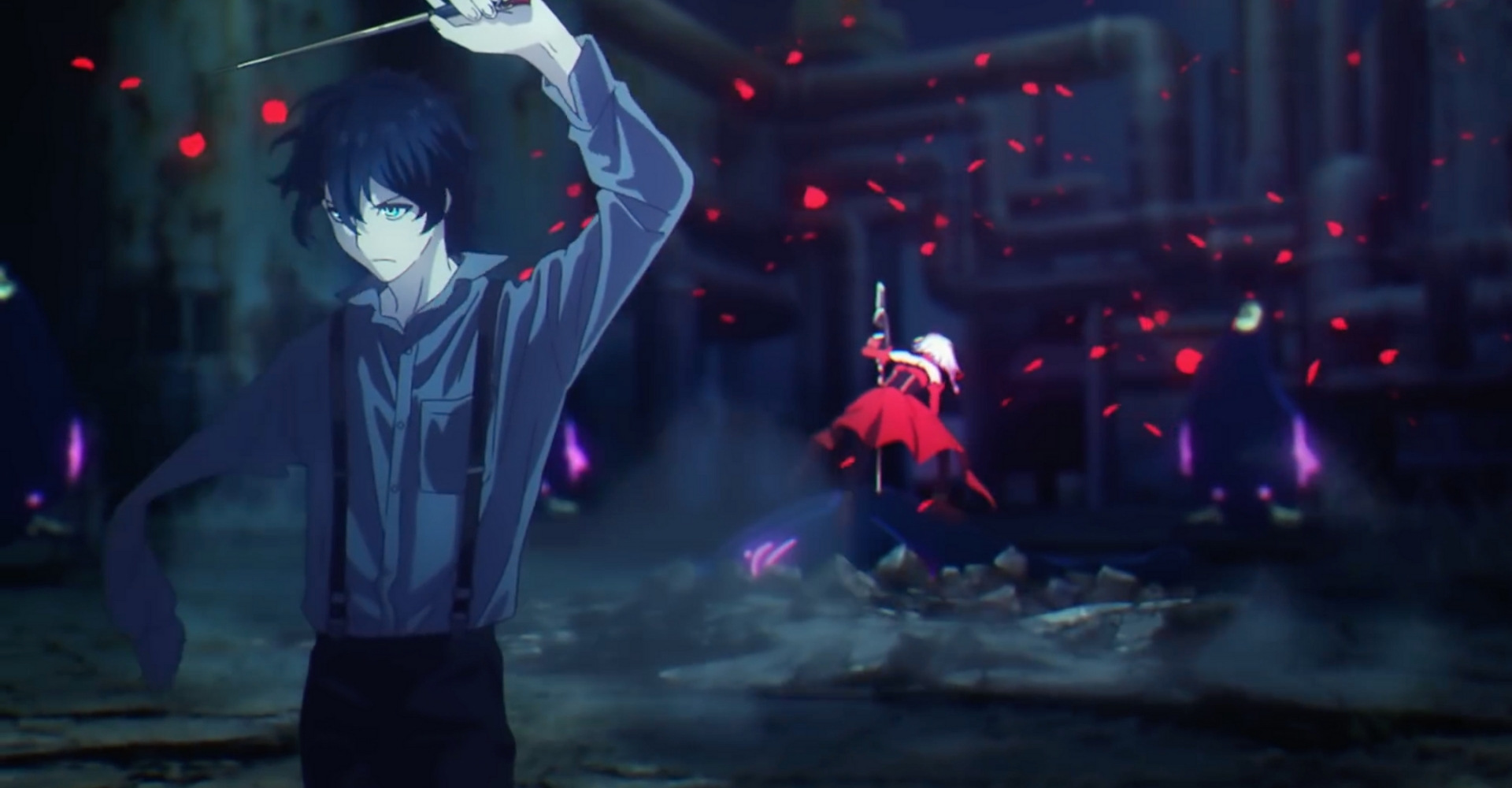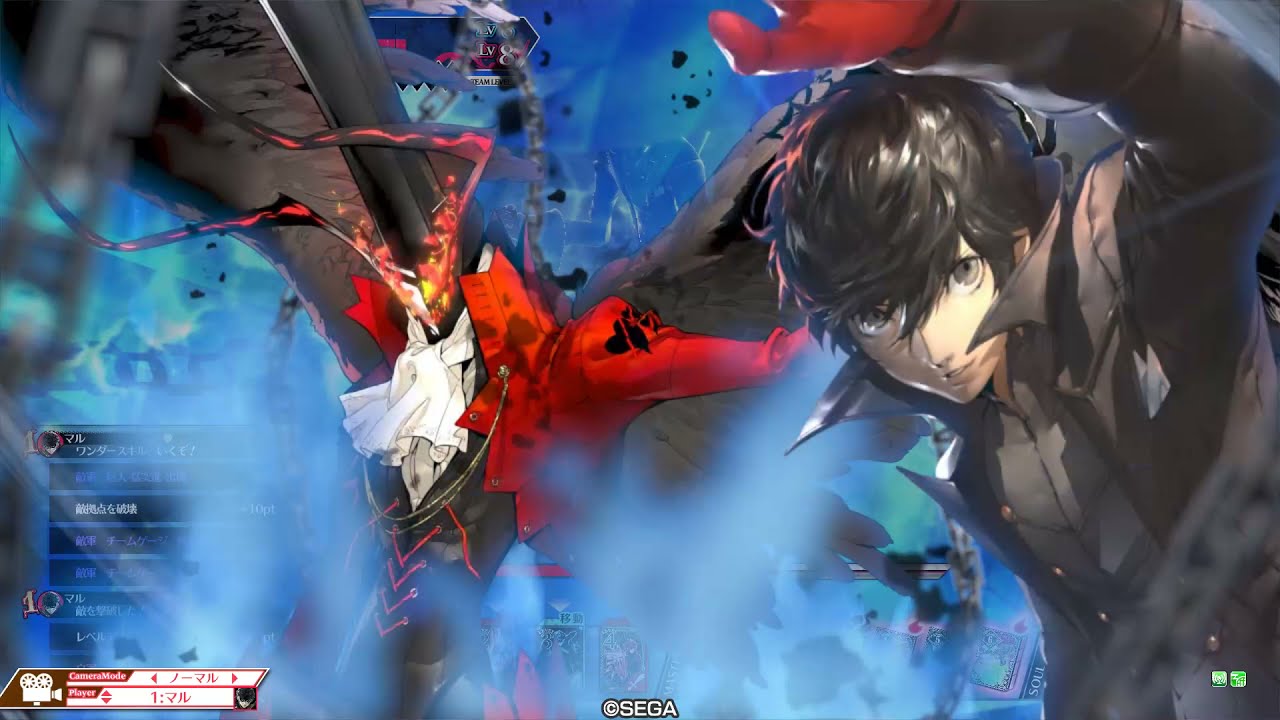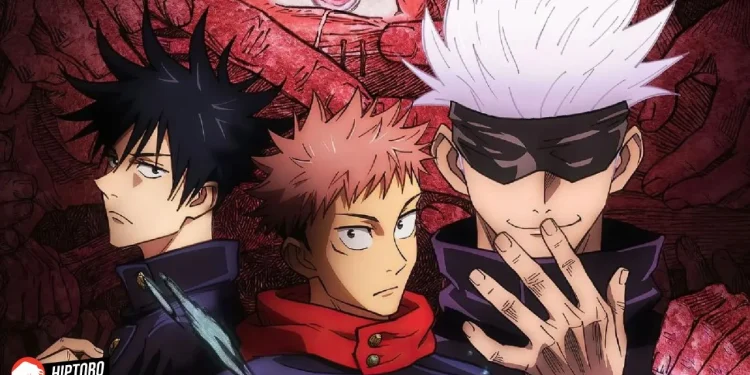The world of anime, celebrated for its vibrant storytelling and stunning visuals, has been shadowed by concerning revelations about the working conditions within some of its most prestigious studios. MAPPA, a name synonymous with high-quality animation, has recently come under scrutiny.
This deep dive explores the underlying issues plaguing MAPPA’s animators as they grapple with long hours, low pay, and an overwhelming workload, all under the relentless pressure of maintaining the studio’s esteemed reputation.

Jujutsu Kaisen: A Case Study in Production Strain
A pivotal moment in understanding MAPPA’s internal struggles came with the latest episodes of “Jujutsu Kaisen.” While fans lauded the series for its dynamic pacing and engaging narrative, a noticeable dip in artistic consistency raised red flags.
Speculations about overworked animators and rushed production schedules began to surface, offering a glimpse into the demanding environment behind the scenes. This shift in quality, coupled with the circulating rumors of non-disclosure agreements and extreme working conditions, casts a troubling light on the studio’s operational ethos.
The Price of Silence: NDA Rumors and Working Conditions
In the wake of public concern, stories about MAPPA’s alleged imposition of non-disclosure agreements on its animators began to spread. These NDAs, aimed at silencing any negative commentary about the production process, signaled a distressing trend in the anime industry.
The revelation that animators were working nearly 12-hour days, often six to seven days a week, further underscored the grueling reality of MAPPA’s production floor.
Episode director Hokuto Sadamoto’s candid statement about his experience with “Jujutsu Kaisen” episode 14 brought these issues into stark relief. His admission of feeling undervalued and overworked shed light on the personal toll of meeting unrealistic deadlines. Sadamoto’s words echoed the sentiments of many within the studio, who felt pushed to their limits with little recognition or reward.

MAPPA’s Financial Success vs. Animator Strain
Despite the internal turmoil, MAPPA’s projects, like “Jujutsu Kaisen 0,” have achieved remarkable commercial success. The film’s impressive box office earnings and high ratings underscore the studio’s ability to deliver captivating content. However, the film’s expedited four-month production timeline, significantly shorter than the industry norm, raises questions about the sustainability of such practices and the impact on the animators responsible for these achievements.
thanks mappa's animators for giving us gojo satoru from episode 9 of jujutsu kaisen season 2 pic.twitter.com/yuGMqzbt42
— daily gojo satoru (@dailygojo_) November 18, 2023
Voices from the Inside: MAPPA Animators Speak Out
The conversation around MAPPA’s working conditions gained momentum when animators began to share their experiences. Tweets from animator @JMulli02, although later deleted, sparked a wave of corroborations from colleagues. These accounts painted a picture of a studio prioritizing output over the well-being of its staff. The desire to compete with other top studios, as expressed by MAPPA’s CEO, further exacerbated the situation, setting unattainably high standards for the already overburdened animators.
Navigating a Path Forward: Steps for MAPPA’s Improvement
The path to reconciling MAPPA’s production demands with the health and welfare of its animators is multifaceted. Firstly, the studio must reconsider its ambitious project roster. Taking on multiple high-profile titles simultaneously has proven unsustainable and detrimental to staff well-being. Secondly, investment in proper training and fair compensation for animators is critical. As highlighted by industry veterans like Hisashi Eguchi, competitive wages and comprehensive training are essential for fostering a sustainable and respectful work environment. Finally, MAPPA must look to its peers, such as Kyoani, to learn how to cultivate a more balanced and humane production culture.
Conclusion: The Balancing Act of Anime Production
The revelations about MAPPA’s internal struggles offer a stark reminder of the complexities behind anime production. While the studio’s commitment to delivering high-quality content is undeniable, the cost at which this comes cannot be ignored. For MAPPA and the industry at large, finding a harmony between artistic excellence and the well-being of those who bring these stories to life remains an ongoing challenge, one that demands attention and action.










